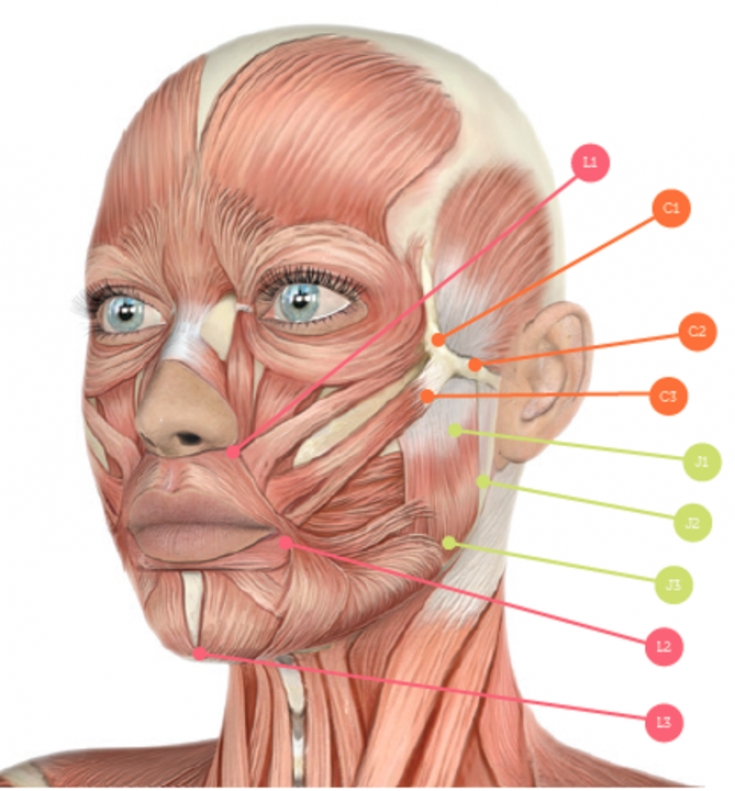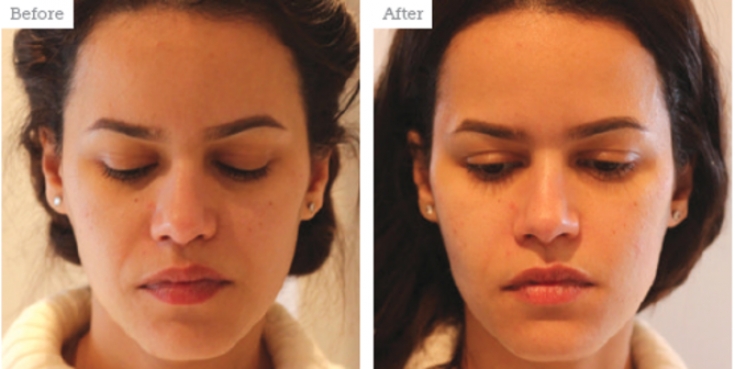Recently, estheticians have noted that the number of young patients who want to improve their appearance in accordance with modern beauty standards is constantly growing. Dr. Rupert Critchley believes that in many cases, patients in their 21s and 30s who wish to correct minor facial imperfections will benefit most from the Three Triangles of Youth technique. estet-portal.com will tell you more about this approach to 3D face beautification in this article.
Facial beautification in patients 21-30 years old: the essence of the technique of three triangles of youth
For an esthetician, patient safety – always top priority. Therefore, practitioners are constantly learning new and improving existing skills, knowledge and approaches to working with patients of various age categories. At the same time, one of the most difficult tasks at the consultation stage – find a middle ground between the views of the patient and the practitioner in order to draw up the most advantageous, from an aesthetic point of view, correction plan.
For example, if a patient wants to smooth the nasolabial folds, he does not always need a targeted treatment of this area – in some cases, excellent results can be obtained with a slight increase in volume in the middle part of the face. Thus, it is important to explain to the patient which manipulations will allow you to get the most natural result without unnecessary risks.

Fig. 1. Points of introduction of each triangle of beauty. С1–С3 – cheek correction, J1–J3 – jaw line correction, L1–L3 – correction of the lower part of the oval of the face and chin.
Based on his own experience, Dr. Critchley notes that young patients (21 & ndash; 30 years old) most often seek correction:
• nasolabial folds;
• nasolacrimal sulcus;
• contours of the cheeks and chin;
• proportions of the face as a whole.
That is why, for this age group of patients, the doctor offers a 3D face beautification procedure with HA-based fillers, based on the technique of the three triangles of youth, which provides lifting, volumization and re-balancing of the upper, middle and lower thirds of the face.
First Triangle of Youth: Cheek Beautification
This triangle is made up of points C1 & ndash;C3 (see Fig. 1). Before the introduction of the drug, aspiration is performed, then the filler is injected in small boluses on the periosteum. It is important to understand that the amount of product administered is selected individually for each patient.
As a result of such manipulations, it is possible to provide:
• slight cheek lift;
• slight increase in volume;
• increase in the severity of the lateral part of the cheeks and cheekbones;
• softening of the lateral part of the epicanthal folds and the nasolacrimal sulcus.
Second triangle of youth: lifting and contouring of the jawline
Filler injection at three points J1–J3 (see Fig. 1) is performed with a 25 gauge cannula using the anterograde linear technique. This provides a tightening effect and modulation of the muscles at the upper and middle points of insertion of the superficial part of the masticatory muscle in the subcutaneous plane.
The author prefers to use a cannula in this area because it allows for even distribution of the product in the tissues and creates a more pronounced augmentation.
• pull up the lower part of the face oval;
• adjust the jaw line;
• reduce the appearance of nasolabial folds and marionette lines.
Deep (on the periosteum) bolus injection of the filler into the L1 & L3 points (see Fig. 1) is carried out using a needle. To lift the corners of the lips and reduce the severity of marionette wrinkles, the author suggests injecting a bolus of the drug into the infero-medial part of the muscular node in the corner of the mouth. The chin can be corrected by inserting a deep bolus into the sagittal plane.
Treatment is best done over several sessions, following the principle of "less is more". To correct these zones, it will take about 1 – 2 ml Volumizing HA Dermal Filler.
The specialist performing the procedure must be careful, because the branches of the facial artery and the vessels of the chin are located in this area.

Fig. 2. The patient before and immediately after the 3D facial beautification procedure. 1.5 ml of dermal filler injected.
First of all, the doctor must take an anamnesis. Contraindications for 3D beautification are similar to those for any procedure using dermal fillers.
Despite the small number of injection sites, there is always a risk of bruising and other complications associated with the introduction of fillers, which must be reported to the patient before manipulation.
In preparation for the procedure, the face is treated with an antibacterial agent, and a local anesthetic is applied to the treated areas.
Possible Complications: • immediate: bleeding, bruising, pain and discomfort – minimized by topical anesthetic application and safe insertion technique;
• early: bruising, pain and discomfort;
• late: asymmetry, the appearance of seals, discoloration (Tyndall effect).
safe filler administration to minimize the risk of serious complications such as vascular occlusion and avascular necrosis.
Restrictions after the procedure: As for the restrictions after beautification, the doctor recommends that his patients do not rub the treated areas, touch them less, refrain from intense exercise, visiting saunas and baths for 48 hours after correction.
According to Aesthetics magazine.







Add a comment